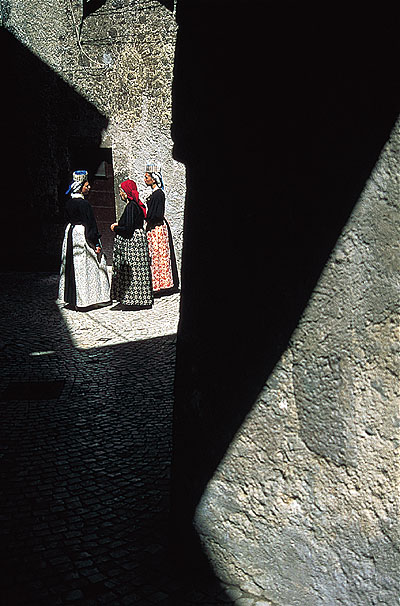Jigsaws are powerfully symbolic and re-presentational of our desire to have a coherent picture of the world and to fit the ‘pieces’ together so as to make sense. An artist whose I work I like very much Anton Nickson has painted a piece that plays on this idea to great effect especially in relation to the theme of ‘menage a trois’.
For me the work is powerfully resonant with ideas of memory and place and reminds me of Roni Horn’s bringing together of the human form, the mind and landscape.
A piece by Nickson that I would love to own is
Anton Nickson
BLACKADE
41 x 41 cm
Wooden blocks
Nickson is represented by the Lemon Street Gallery, 13 Lemon Street, Truro, Cornwall, TR1 2LS, UK +44 (0) 1872 275757 info@lemonstreetgallery.co.uk http://www.lemonstreetgallery.co.uk
© copyright Lemon Street Gallery 2005
The Anton Nickson page is HERE
—–0—–
SEE also Learning Motivation for Success
All postings to this site relate to the central model in the PhD.
Summaries are HERE
The Lemon Street gallery is HERE




